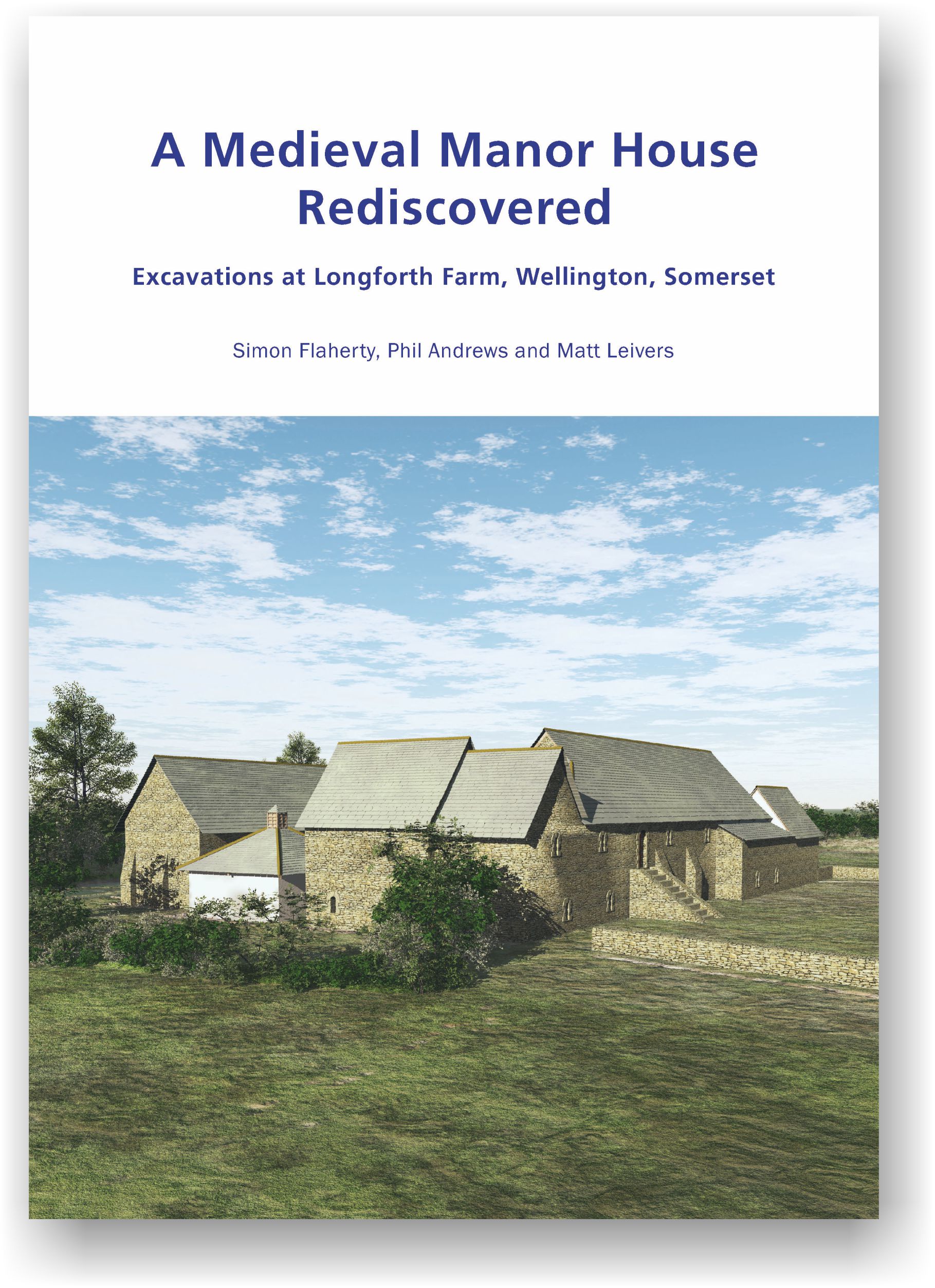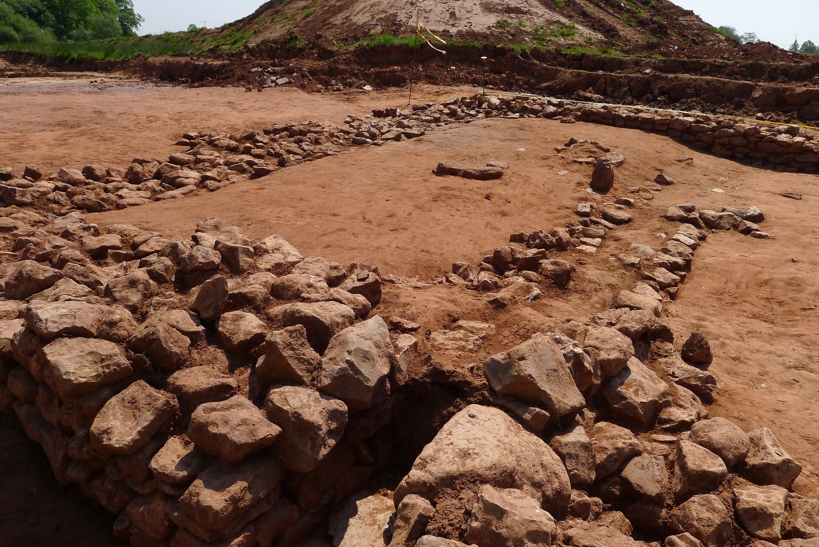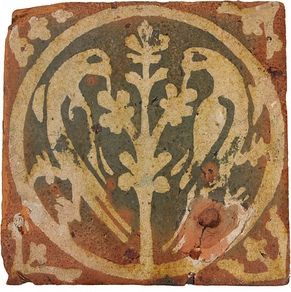
A Medieval Manor House Rediscovered
We are delighted to announce that A Medieval Manor House Rediscovered – Excavations at Longforth Farm, Wellington, Somerset by Simon Flaherty, Phil Andrews and Matt Leivers is now available.
It is the latest in our Occasional Paper series and presents the results of excavations undertaken in 2012 and 2013 at Longforth Farm, Wellington, Somerset. Here, the excavations revealed limited evidence for prehistoric occupation including a Terminal Upper Palaeolithic blade, a few Mesolithic flints and a single Neolithic scraper. A Trevisker Ware vessel from a palaeochannel was associated with a deposit of burnt stone. Gullies and ditches dating to the Middle and Late Bronze Age appear to be the remains of an enclosure and associated boundaries.
However, the main discovery was the remains of a previously unknown high status medieval building complex, thought to be a manor house. Although heavily robbed, it was possible to identify a hall, solar with garderobe and service wing. A forecourt, courtyard and at least one ancillary building as well as a possible detached kitchen were also revealed. Associated features included enclosures, pits and a fishpond.


A relatively restricted range of artefacts were recovered but they included evidence for the fabric of the building – roof furniture and floor tiles. These together with the ceramics from the site suggest that occupation spanned the late 12th/13th century to the late 14th/early 15th century. Despite documentary research it has not been possible to identify the owners of this building or any records specifically relating to it. One possibility is that it belonged to the Bishops of Bath and Wells, perhaps being abandoned at the end of the 14th century when they moved their court to nearby Wellington, which had by then been established as a market town.